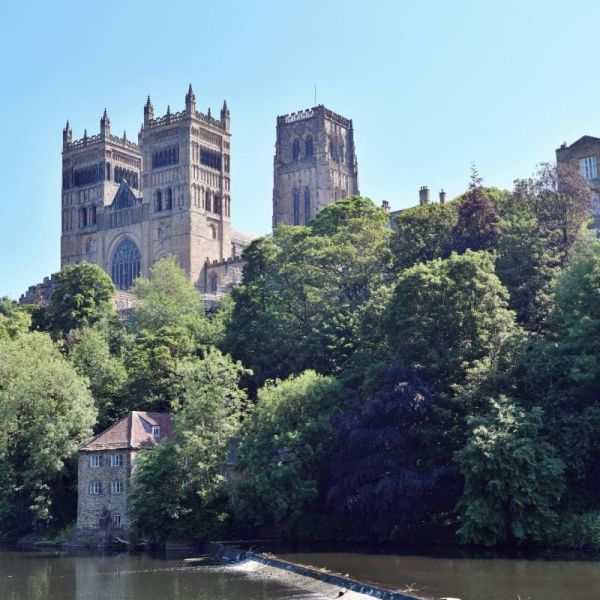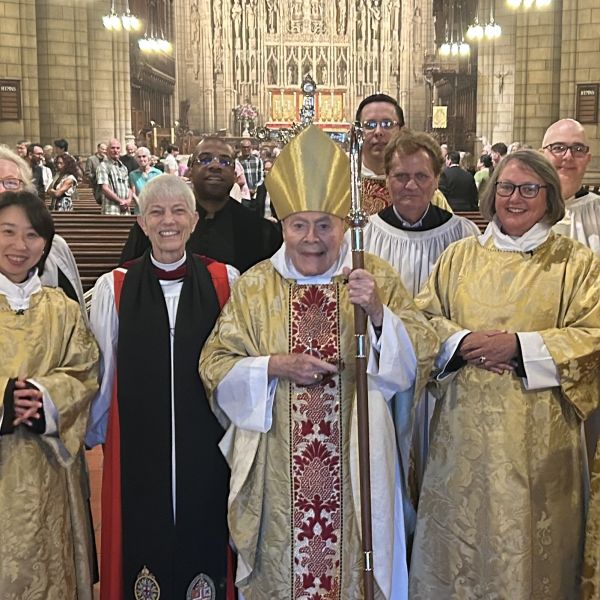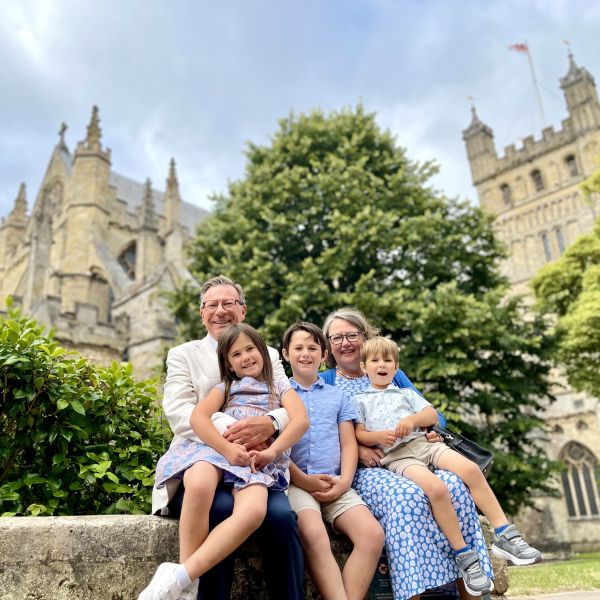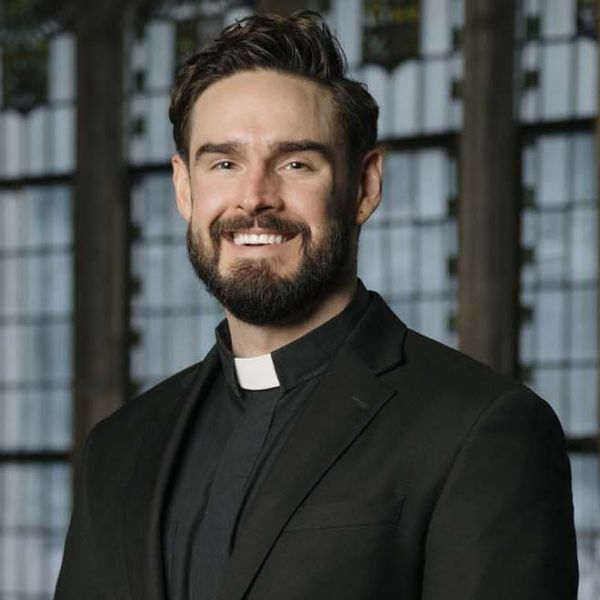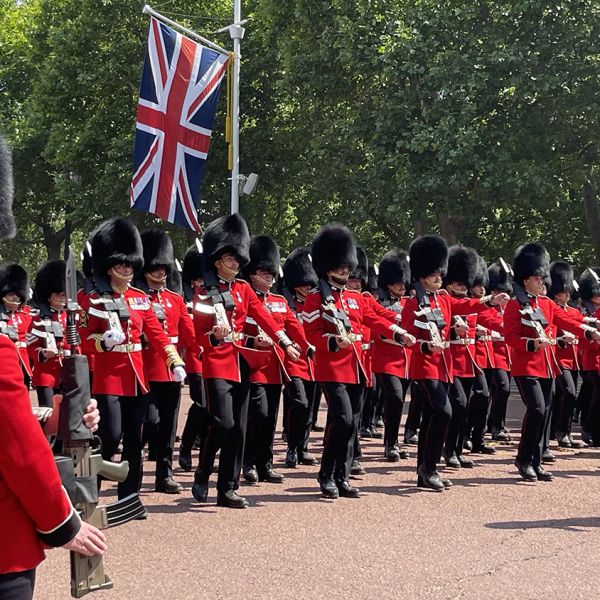The Rector's Message for the Week of August 3, 2025

Dear Friends,
On Wednesday, August 6, we keep the Feast of the Transfiguration. In addition to the lunchtime Shrine Prayers followed by mass, the Saint Thomas Consort will sing at 5:30pm followed by cheese, wine, and soft drinks.
The image above is of Durham Cathedral, where I was an undergraduate. It is a UNESCO World Heritage Site and my college (St. Chad’s) was at the East end of the Cathedral. Archbishop Michael Ramsey had retired to Durham and lived ‘up the Bailey’ near my college. He used to celebrate mass once a week at St. Chad’s and I had the privilege of serving him at the altar many times. He also used to regularly have a group of us who were studying theology at the University to his home for seminars. One of his powerful books is about the Transfiguration. Michael Ramsey often talked about the word ‘glory’ especially in St. John’s Gospel, and the account of the Transfiguration of Christ, in which Jesus revealed his glory to Peter, James, and John, was central to his theology of the glory of Christ.
Michael Ramsey was Bishop of Durham before he was translated to York, and the Dean and Chapter commissioned this window, exquisitely designed and made by Thomas Denny to celebrate his important place in the life of the Anglican Communion as 100th Archbishop of Canterbury, but also his particular ministry as first a Professor in the Divinity School at Durham University, and then Bishop of Durham.

The window is a dramatic kaleidoscope of color and light and, yet, is incredibly detailed with many figurative images. I remember the first time I saw it and how it captured my imagination. If you climb the steps into the Shrine of St. Cuthbert behind the High Altar, you can sit near the tomb of the Saint, and the Transfiguration window in the South quire aisle is visible. The juxtaposition of the Shrine and the window is very apposite; the glory of God revealed in the life of Jesus is also touched through the lives of the saints, the followers of Jesus.
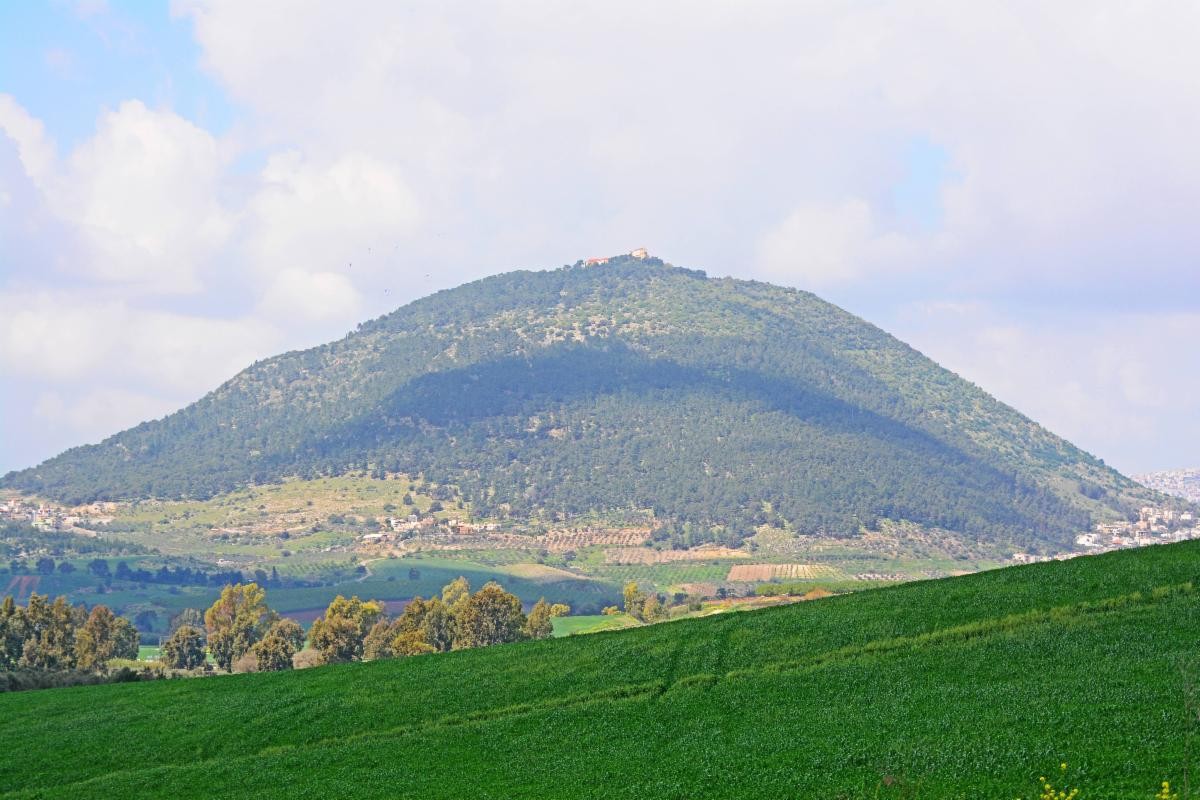
When our parish pilgrims went to the Holy Land in 2023, we visited the Mount of the Transfiguration and celebrated mass in the church. It is quite a remarkable place – and so still. From the mountain, you can see for miles, and we had a real sense of how Jesus chose this deserted place to pray and how his glory was revealed to his close disciples. The story of the Transfiguration is linked with the proclamation of the Passion of Christ for, when he came down from the mountain, “he turned his face toward Jerusalem.” For that reason, in the Episcopal Church, we always read the story of the Transfiguration on the Sunday next before Lent.
The Transfiguration gives us hope when we see the abuse of worldly power; it is a a reminder of the true glory of God that brings healing not destruction.
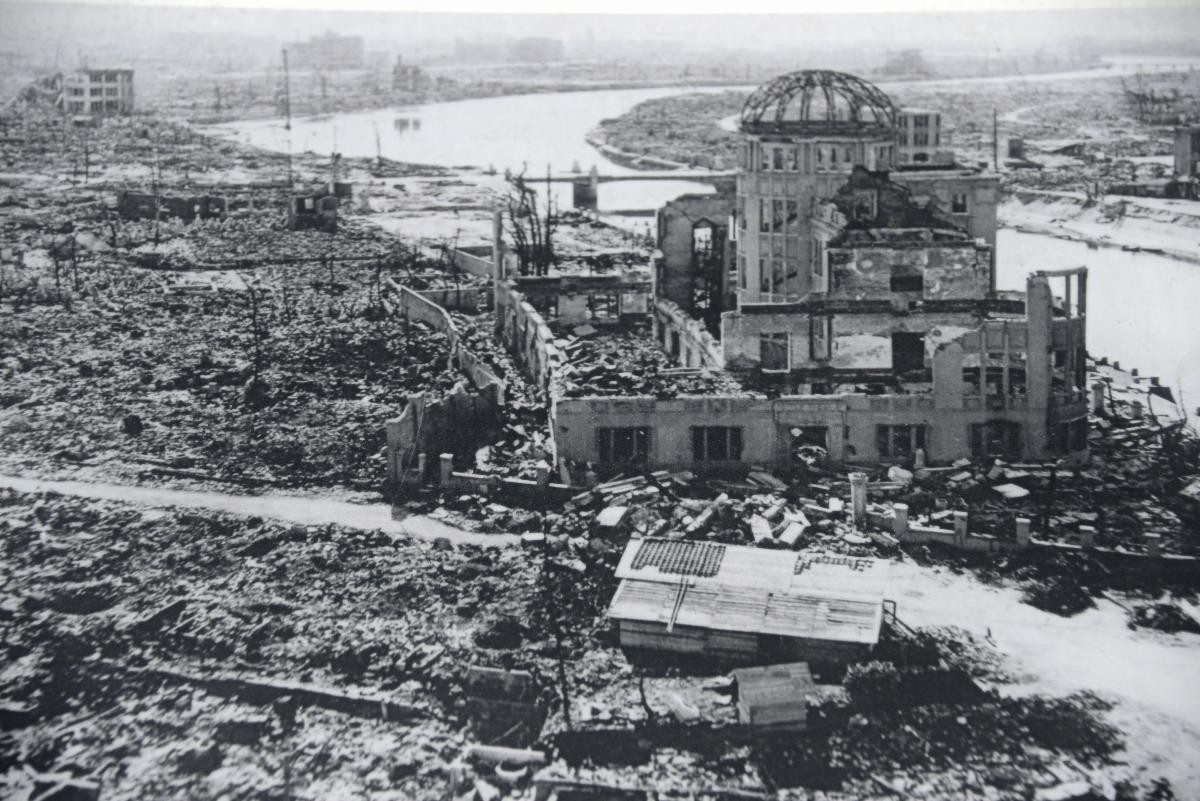
It is, therefore, quite significant that the Feast of the Transfiguration this year is also the 80th anniversary of the dropping of the first atomic bomb on Hiroshima. Only, on that day, instead of revealing God’s glory, that weapon reveals the power of humanity; and the bright light of the atomic detonation killed around 150,000 civilians. Yes, it brought to a swift conclusion the Second World War, but at great cost to human life. It seems that there were plans for further use of that weapon, but President Truman stopped any further use after the detonation over Nagasaki. The two atom bombs dropped on Hiroshima and Nagasaki are the only time that atomic weapons have been used during armed conflict but, now, many countries have stock piles of these weapons of mass destruction and we, as Christians, have to struggle with the fact that these weapons could be used, although they are meant to be a deterrent to war. Sadly, in spite of the existence of these weapons, there has been war all over the world so many times since they were first used. When will humanity put the glory of God first?
Confronted with a universe more terrible than ever in the blindness and the destructiveness of its potentialities, men and women must be led to Christian faith, not as a panacea of progress or as an otherworldly solution unrelated to history, but as a gospel of Transfiguration. Such a gospel transcends the world and yet speaks directly to the immediate here-and-now. He who is transfigured is the Son of Man; and as he discloses on the holy mountain another world, he reveals that no part of created things, and no moment of created time lies outside the power of the Spirit, who is Lord, to change it from glory to glory.
Michael Ramsey: ‘The Gory of God and the Transfiguration of Christ’ page 147
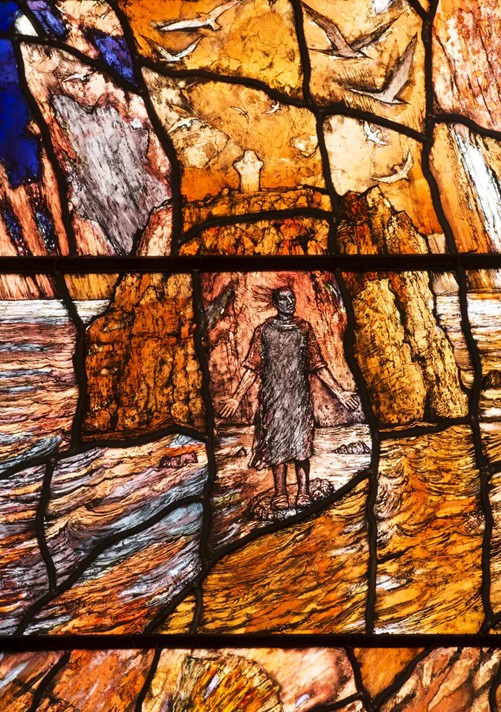
Let us celebrate the Feast of the Transfiguration in which we look to the glory of God in Jesus Christ and pray that he will transfigure and change us so that we can be more perfect images of him.
Affectionately,
Your Priest and Pastor,
Carl
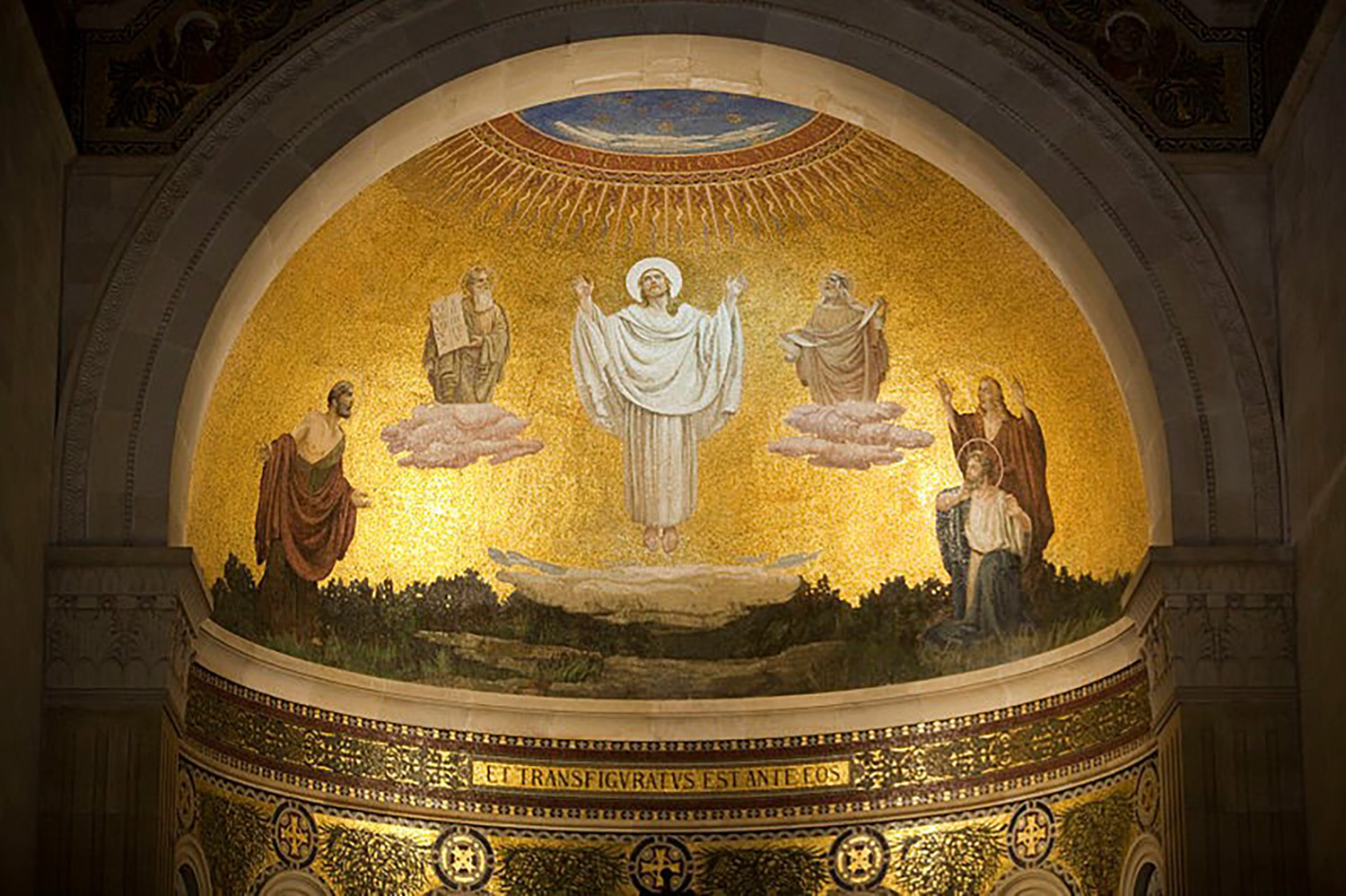
Sonnet for the Feast of the Transfiguration
by Malcom Guite
For that one moment, ‘in and out of time’,
On that one mountain where all moments meet,
The daily veil that covers the sublime
In darkling glass fell dazzled at his feet.
There were no angels full of eyes and wings
Just living glory full of truth and grace.
The Love that dances at the heart of things
Shone out upon us from a human face
And to that light the light in us leaped up,
We felt it quicken somewhere deep within,
A sudden blaze of long-extinguished hope
Trembled and tingled through the tender skin.
Nor can this blackened sky, this darkened scar
Eclipse that glimpse of how things really are.”

